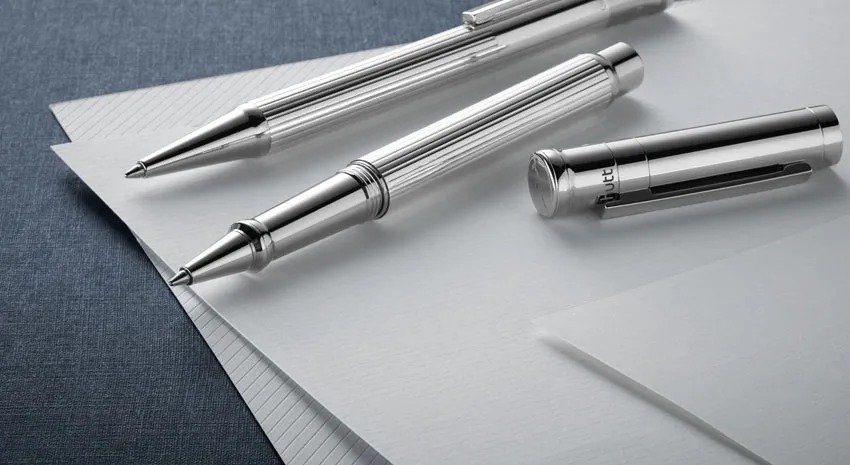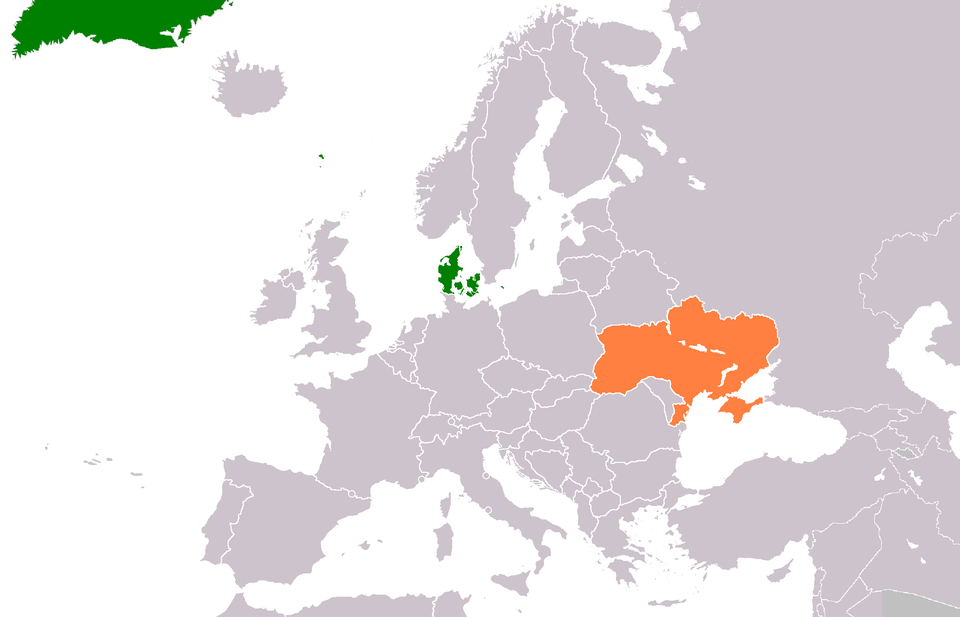Imagine this: You’ve invested months developing the perfect pharmaceutical formula. Or perhaps you’ve sourced exquisite, handcrafted leather goods. Maybe you’re shipping cutting-edge microchips across continents. You package everything meticulously, control the temperature, yet upon arrival… disaster. The pills have clumped, the leather shows mold, the microchips corrode. The silent culprit? Uncontrolled humidity. It’s a multi-billion dollar problem plaguing industries worldwide. But what if you could precisely lock humidity at the exact level your product needs? Enter Hygropack – not just a desiccant, but an intelligent humidity control system revolutionizing how we protect moisture-sensitive goods.
Hygropack: Beyond Basic Absorption
Traditional desiccants, like simple silica gel packets, are like sponges. They absorb moisture indiscriminately until they’re full (“saturated”), then stop working. They lower humidity but don’t control it to a specific level. This “all-or-nothing” approach can sometimes even be too dry for certain products, causing brittleness or other damage.
Hygropack is fundamentally different. It leverages advanced hygroscopic materials, including specially engineered silica gels and molecular sieves. These materials don’t just absorb water; they interact with water vapor in a way that actively regulates the Relative Humidity (RH) inside a sealed package.
How Hygropack Works Its Magic: The Science Simplified
Think of Hygropack as a microscopic humidity thermostat. Its core components are designed with a specific affinity for water vapor. Here’s the elegant process:
- Targeted Absorption: If the RH inside the package rises above the predetermined target level, the hygroscopic materials actively absorb excess moisture.
- Controlled Release: Conversely, if the RH drops below the target level, the materials gently release some of their stored moisture back into the package atmosphere.
- Dynamic Equilibrium: This continuous absorption and release cycle creates a stable microclimate, maintaining the RH precisely at the desired setpoint (e.g., 40% RH, 60% RH) throughout the storage or transport journey.
Why Precision Humidity Control Matters: Protecting Value at Every Level
Moisture is a pervasive enemy. Hygropack’s precision control tackles its damaging effects head-on across diverse sectors:
- Pharmaceuticals & Nutraceuticals: Moisture is the arch-nemesis of drug stability. It can cause:
- Degradation of active pharmaceutical ingredients (APIs), reducing potency.
- Tablet softening, hardening, or crumbling.
- Promotion of microbial growth.
- Hygropack Solution: Maintains optimal RH (often very low, like 10-20% or specific levels like 40%) to ensure drug efficacy, safety, and extend shelf life, critical for compliance and patient health.
- Food & Beverage: Humidity ruins texture, promotes spoilage, and clumps powders.
- Problem: Stale snacks, clumped spices or powders, mold on dried fruits/meats, soggy crackers.
- Hygropack Solution: Prevents moisture migration, keeps dry foods crisp (low RH), and can also prevent excessive drying in some applications, maintaining freshness and taste integrity for snacks, coffee, spices, pet food, and dried goods.
- Electronics & Components: Even trace moisture causes corrosion, dendrite growth, and electrical failure.
- Problem: Corrosion on circuits and connectors, “popcorning” of microchips during soldering (moisture vaporization), reduced lifespan.
- Hygropack Solution: Maintains ultra-low RH levels (often <10%) during storage and shipping, protecting sensitive components like PCBs, semiconductors, batteries, and connectors from humidity-induced damage.
- Textiles, Leather & Apparel: High humidity breeds mold, mildew, and odors.
- Problem: Mildew spots on fabrics, musty odors in shoes/bags, degradation of natural fibers, corrosion of metal fittings (zippers, buttons).
- Hygropack Solution: Prevents mold and mildew growth during long shipping or storage in humid environments, preserving the look, feel, and integrity of garments, footwear, luxury bags, and furnishings.
- Luxury Goods, Artifacts & Collectibles: Moisture causes irreversible damage to high-value items.
- Problem: Tarnishing of silver/gold, warping of wood instruments or frames, mold on artwork or documents, corrosion on collectible electronics or machinery.
- Hygropack Solution: Provides museum-grade protection within packaging, safeguarding investment pieces, historical artifacts, fine art, musical instruments, and sensitive documents from humidity-related deterioration.
Also Read: Erothtos: The Ancient Secret to Desire, Creativity, and Connection in a Digital World
Hygropack vs. Traditional Desiccants: A Clear Evolution
Let’s cut through the confusion. Here’s why Hygropack represents a significant leap forward:
| Feature | Traditional Desiccants (Silica Gel, Clay) | Hygropack Precision Control System |
|---|---|---|
| Primary Action | Absorbs moisture until saturated | Regulates RH to a specific setpoint |
| Humidity Control | Lowers RH, but level unpredictable & drifts | Maintains precise, stable RH level (e.g., 40%, 60%) |
| Capacity | Fixed capacity; stops working when full | Dynamic; absorbs and releases as needed |
| Risk of Over-Drying | High (can drop RH too low) | Low; protects against excessive dryness |
| Protection Duration | Limited (ends at saturation) | Extended; lasts as long as required within system limits |
| Application Specificity | Generic; “one-size-fits-all” approach | Tailored; designed for specific product RH needs |
The Sustainability Edge: Eco-Conscious Protection
Protecting products shouldn’t harm the planet. Hygropack aligns with modern sustainability goals:
- Recyclable Materials: Many Hygropack formats utilize recyclable plastics and cardboard components.
- Reduced Waste: By preventing product spoilage and damage, Hygropack significantly reduces the volume of goods ending up in landfills.
- Efficient Resource Use: Extending shelf life means less frequent production runs and transportation, lowering overall carbon footprint.
- Non-Toxic: The core hygroscopic materials are generally safe and non-toxic.
Implementing Hygropack: Simple Integration, Significant Results
Adopting Hygropack is typically straightforward:
- Identify Your Need: Determine your product’s critical RH level (often found in stability studies or supplier specs).
- Select the Right Format: Hygropack comes in various forms – sachets, canisters, sheets, or custom inserts – chosen based on package size, required RH level, and duration.
- Integrate into Packaging: Place the Hygropack unit inside the primary product packaging before sealing.
- Seal Effectively: Ensure the outer packaging (bag, box, container) has a robust moisture barrier and is properly sealed to maintain the controlled environment.
- Ship & Store with Confidence: Hygropack actively maintains the target RH throughout the logistics chain.
Cost-Effectiveness: An Investment in Protection
While the unit cost of Hygropack might be slightly higher than basic desiccants, the true value lies in the significant reduction of costly losses:
- Reduced Product Returns & Replacements: Fewer damaged goods mean lower reverse logistics and replacement costs.
- Extended Shelf Life: Products reach consumers in optimal condition, reducing spoilage in warehouses and on shelves.
- Enhanced Brand Reputation: Consistently delivering pristine products builds trust and loyalty.
- Compliance Assurance: Critical for pharmaceuticals and food, avoiding regulatory penalties or recalls.
The Future is Dry (But Precisely So)
As global supply chains stretch further and consumer expectations for quality rise, passive moisture protection is no longer sufficient. Precision is paramount. Hygropack represents the intelligent solution, moving beyond simple absorption to active, reliable humidity regulation. It’s the difference between hoping your product arrives intact and knowing it will.
Embrace Precision Protection
Don’t leave your valuable products vulnerable to the invisible threat of uncontrolled humidity. Hygropack offers a scientifically advanced, sustainable, and cost-effective shield. By precisely managing the microclimate within your packaging, you safeguard product integrity, maximize shelf life, minimize waste, and ultimately protect your bottom line and your brand’s reputation. It’s not just packaging; it’s peace of mind, sealed in.
You May Also Read: www.viaoen.com – Your One-Stop Blog for Technology, Business, and Entertainment
FAQs
How long does Hygropack last?
It depends! The duration is determined by the specific Hygropack unit’s capacity, the package size, the initial moisture load, the target RH level, and the barrier quality of your packaging. Units are designed for specific durations (e.g., 6 months, 1 year, 2 years) under defined conditions. Check the product specifications for guidance.
Can Hygropack be reused?
Generally, no. Standard Hygropack units are designed for single-use within a sealed package. Once the package is opened or the unit reaches the end of its service life under those conditions, it should be replaced. Attempting to “recharge” it is not recommended and won’t restore precise control.
Is Hygropack safe to use with food and pharmaceuticals?
Absolutely, when the correct grade is selected. Hygropack systems designed for food and pharmaceutical applications use materials compliant with relevant regulations (like FDA 21 CFR for food contact or specific pharmacopeial standards). Always ensure you are using the appropriately certified Hygropack variant for your sensitive application.
How do I know what RH level my product needs?
The optimal Relative Humidity level is usually determined through product stability testing. Check with your product development team, supplier specifications, or regulatory documentation (common for pharma/food). If unsure, consult with Hygropack manufacturers or testing labs specializing in packaging.
Is Hygropack more expensive than regular desiccants? Is it worth it?
The upfront cost per unit is often higher than basic silica gel. However, the cost-effectiveness comes from dramatically reducing expensive product losses due to moisture damage (spoilage, corrosion, degradation). The savings from avoided returns, replacements, extended shelf life, and protected brand reputation typically far outweigh the initial investment in Hygropack.
Can Hygropack work in very large containers?
Yes! Hygropack technology scales. Manufacturers offer systems designed for bulk containers, pallet shrouds, and even shipping containers. The principle remains the same – using appropriately sized or multiple units to achieve and maintain the target RH within the enclosed space.
How do I dispose of used Hygropack?
Check the specific product information. Many Hygropack components (like the outer sachet or canister) are recyclable (e.g., PE/PP plastics, cardboard). The spent hygroscopic material inside is generally inert and non-toxic, but should be disposed of according to local waste regulations, often as regular solid waste. Always prioritize recycling compatible parts.











